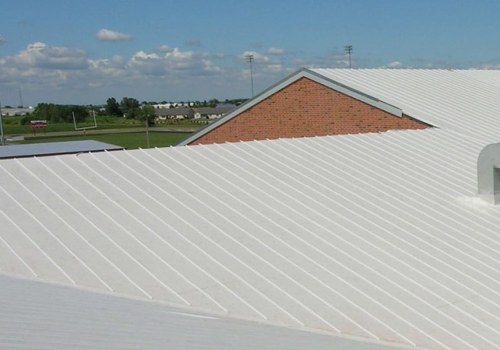Also known as roofing mechanics or roofing contractors, roofers inspect, repair, replace, or maintain the roofs of homes and residential buildings.. Roofers specialize in the placement, removal and repair of various roofing materials such as asphalt, wood and plastics. Whether they lay roofs on large company buildings in commercial environments or in private sector houses, roofers are workers who often work in hot and sunny conditions. As a roofer, you will use various hand and power tools.
You can also clean the ceilings from debris. Experience working in painting or carpentry can lead you to a career in roofing. Eventually, roofers may gain enough experience to eventually become foremen or owners of roofing businesses. At a minimum, most roofers must have a high school diploma or GED equivalent.
Roofers must be able to work long hours of physical work, must work well with their hands, and must have the ability to bend and climb. You need to be able to read plans and diagrams to make sure you can follow the instructions at work. This work also requires the ability to withstand extreme heat conditions, since the work is mainly done in summer. Install materials, such as cement and clay, and repair damaged parts to ensure safety.
They can specialize in residential or industrial roofing. Roofers replace, repair and install building roofs, using a variety of materials, such as shingles, bitumen and metal. Despite limited employment growth, about 15,600 openings are projected for roofers each year, on average, during the decade. Most of these vacancies are expected to result from the need to replace workers transferring to different occupations or leaving the workforce, such as retiring.
A roofer, roofing mechanic or roofing contractor is a dealer who specializes in roof construction. Roofing can be physically demanding because it involves lifting heavy objects, as well as climbing, crouching and kneeling, often in extreme weather conditions. Curly or rotting shingles, lack of shingles and blistering are signs that the roof needs attention. Roofers work on new facilities as well as roof renovation and repair projects.
As expected from the position, roofers generally need to climb onto roofs to work. Therefore, they should not be afraid of heights and must have a good balance, as well as reasonable carpentry skills. Remove snow, water, or debris from roofing materials before applying roofing materials. Some jobs you may find interesting include Roof Tiles, Cool Roof Installer, Sheet Metal Roofer and Residential Roofer.
Although less common, roofers can also place shingles, solar shingles, metal shingles, or battens (rough wood shingles) on steeply sloped roofs. These are examples of resume responsibilities of real roofers that represent typical tasks they are likely to perform in their roles. Solar photovoltaic (PV) installers, also known as photovoltaic installers, assemble, install and maintain solar panel systems on roofs or other structures. But a cool roofing installer could use skills, such as hand tools, windows, band saws, and easy application.
For jobs involving shingles, shingles, and metal roofing, roofers generally have to remove existing materials before laying a layer of fresh tar paper and installing new materials with staples or nails. Apply reflective roofing coatings, such as special paints or single-layer roofing sheeting, to existing roofs to reduce solar heat absorption. Cut felt, shingles, or flashing strips to fit angles formed by intersecting walls, vents, or roof surfaces. Once you have obtained the level of education you are comfortable with, you can start applying to companies to become a roofer.
The job can be physically demanding: you may have to lift heavy materials and roofs can get quite hot during the summer. For example, several resumes showed us that roofers' responsibilities require skills such as Safety Rules, PVC, EPDM, and Safety Procedures. Roofers must be precise when installing roofing materials and handling roofing tools, in order to avoid damage to the roof and building. They analyze the construction plans and ensure that the roof is made in strict accordance with the design.
Plywood and lower-quality ceilings suffer similar problems and need to be replaced from time to time. The ability of the roofer to formulate an accurate and realistic estimate is extremely important for both parties, because if the estimate is too high, the roofing company may lose the contract with a competitor who makes a lower bid. . .



